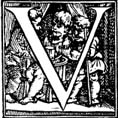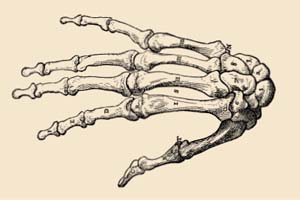
esalius prefaces the book with appropriately sycophantic praise of his patron Charles V, emperor of the Holy Roman Empire, “To the Divine Charles V, the Mightiest and Most Unvanquished Emperor.” Alliance with the powerful ruler, who shortly after the 1543 publication employed Vesalius as Imperial physician to his court, provided Vesalius with financial support.
Perhaps it also gave him the freedom to challenge the medical establishment of his time without facing resistance.
Though published in one large volume, the Fabrica consists of seven “books”, or sections, each depicting a different system of the body. Vesalius’ work also influenced future key anatomical atlantes such as Gray’s Anatomy.
The Fabrica became the standard by which all anatomical works were judged.
Books I and II, the first half of the Fabrica, are devoted to bones and muscles, with Books III–VII covering the soft tissue: nerves, the vascular system, the digestive and reproductive systems, heart and lung, and the brain.
To convey the workings of each system and part of the anatomy, Vesalius described the details in grandiose Latin prose and illustrated them with explicit and sublime woodcut images.
- Book I – The things that sustain and support the entire body, and what braces and attaches them all [the bones and the ligaments that interconnect them]
- Book II – All the ligaments and muscles, instruments of voluntary and deliberate motion
- Book III – The series of veins and arteries throughout the body
- Book IV – The nerves
- Book V – The organs of nutrition and generation
- Book VI – The heart and organs serving the heart [chiefly the heart and lungs]
- Book VII – The brain and organs of sense

